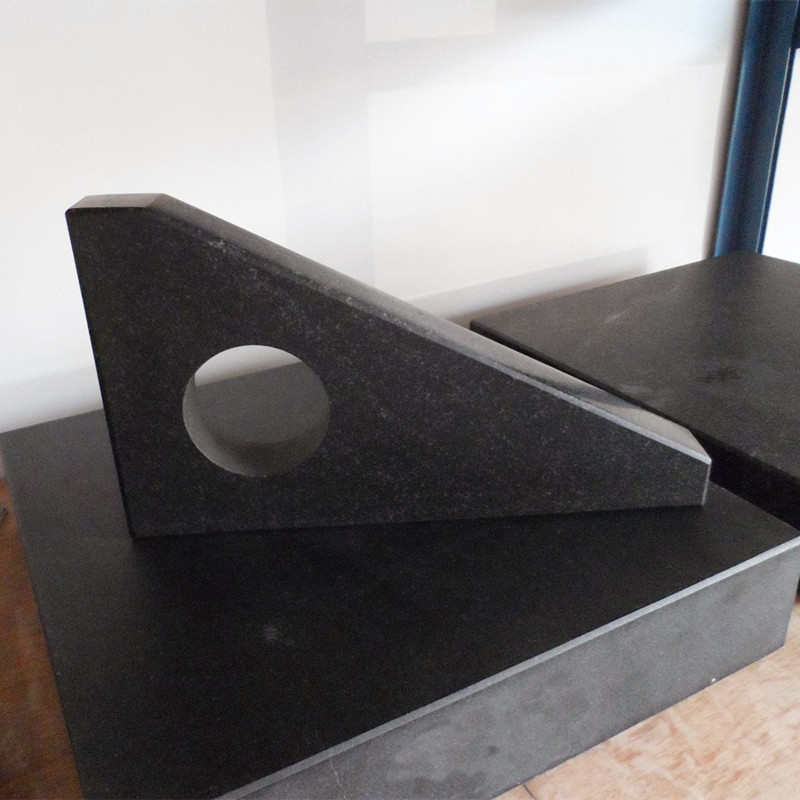Noy . 07, 2024 16:23 Back to list
Various Types of Non-Return Valves and Their Applications in Fluid Control
Understanding Non-Return Valve Types
Non-return valves, also known as check valves, play a crucial role in fluid systems by allowing fluid to flow in one direction while preventing backflow. Their applications range across various industries, including water treatment, oil and gas, HVAC systems, and more. Understanding the different types of non-return valves is essential for selecting the right valve for specific applications. This article will explore several common types of non-return valves, their functionality, advantages, and suitable applications.
1. Swing Check Valve
The swing check valve is one of the most widely used types of non-return valves. It consists of a disc that swings on a hinge, allowing fluid to flow in one direction. When fluid attempts to flow back, the disc swings shut, preventing backflow.
Advantages - Low Pressure Drop Swing check valves generally have a lower pressure drop because the disc is designed to sit flat against the seat when closed. - Durability They have fewer moving parts, making them more durable in harsh conditions.
Applications Swing check valves are often used in water supply systems, drainage, and various industrial applications.
2. Lift Check Valve
The lift check valve operates differently from the swing check valve. It features a vertically movable disc or poppet that lifts off its seat when fluid flows in the correct direction. When fluid attempts to flow back, the pressure causes the disc to settle back onto the seat, blocking the reverse flow.
Advantages - Compact Design Lift check valves are typically more compact and can fit into tighter spaces compared to swing check valves. - Effective in High Speeds They work well in high-velocity applications.
Applications These valves are often utilized in high-pressure systems, such as boiler feedwater systems, as well as in hydraulic systems
.3. Ball Check Valve
The ball check valve uses a spherical ball as the closure mechanism. When fluid flows in the correct direction, the ball is pushed away from its seat, allowing flow. When backflow occurs, the ball moves back and seals against the seat.
non return valve types

Advantages - Simplicity Ball check valves have a simple design, making them easy to maintain and operate. - Effective Sealing The round shape of the ball provides an effective seal against backflow.
Applications They are common in sump pumps, irrigation systems, and applications where backflow prevention is required.
4. Diaphragm Check Valve
A diaphragm check valve uses a flexible diaphragm to prevent backflow. The diaphragm moves with the pressure of the flowing fluid, allowing for one-directional flow. When the flow direction reverses, the diaphragm seals the flow path.
Advantages - Low Maintenance Diaphragm check valves have fewer parts subject to wear, leading to lower maintenance costs. - Good for Slurries and Corrosive Fluids They can handle a variety of fluid types, including slurries and corrosive fluids.
Applications These valves are frequently found in wastewater treatment plants and chemical processing facilities.
5. Wafer Check Valve
The wafer check valve is a compact and lightweight design that fits between flanges in a pipeline. It typically uses a spring-loaded mechanism to control flow and prevent backflow.
Advantages - Space-Saving Design Their slim profile allows them to fit easily into existing flanged connections, making installation straightforward. - Quick Response The spring mechanism provides quick closure, reducing the risk of water hammer.
Applications Wafer check valves are ideal for various fluid transfer applications in power plants, refineries, and other industrial systems.
Conclusion
Choosing the right type of non-return valve is crucial for the efficiency and reliability of any fluid system. Each type of valve—swing, lift, ball, diaphragm, or wafer—has its unique features, advantages, and applications. Understanding these differences helps in making informed decisions tailored to specific operational needs. Whether for water treatment, oil and gas processing, or HVAC applications, the right non-return valve will ensure optimal performance and longevity of the system. By considering factors such as flow direction, pressure, and fluid characteristics, engineers and operators can effectively utilize non-return valves to enhance system efficiency and safety.
-
Threaded Ring Gauge Tolerance Grades Explained for MachinistsNewsJun.25,2025
-
Spline Gauge Selection Guide for Complex Gear ProfilesNewsJun.25,2025
-
Role of Snap Ring Gages in Aerospace Quality ControlNewsJun.25,2025
-
Mastering Thread Gauge UsageNewsJun.25,2025
-
Future Innovations in Self-Locking Trapezoidal Threads TechnologyNewsJun.25,2025
-
Educational Importance of Pin Gauges in Mechanical Engineering LabsNewsJun.25,2025
Related PRODUCTS









